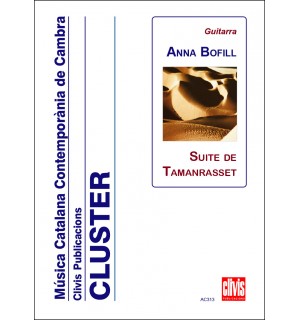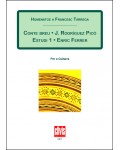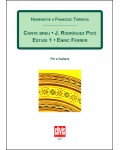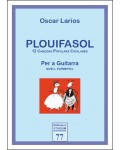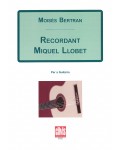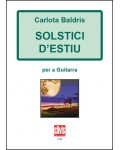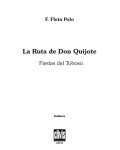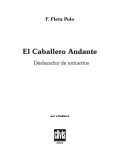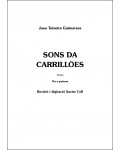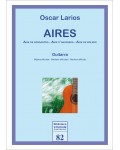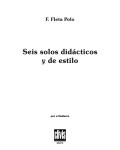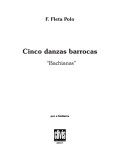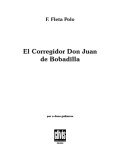
No products
Prices are tax included
Product successfully added to your shopping cart
There are 0 items in your cart. There is 1 item in your cart.
- English
- Castellano
- Català
Suite de Tamanrasset
DAC313
Was composed in 1978 following a visit to Algeria and the Sahara desert, Tamanrasset. The premiere was in 2006 by the Australian guitarist Rene Mora. The Suite de Tamanrasset is structured into four movements in which liberty and the sensation of improvisation prevail, while at the same time exploring the various resources of the guitar.
| Period | XXth Century |
| Instruments | Guitar |
| Pages | 16 |
| Time | 11 min |
| Contents | Score |
| ISMN | 979-0-3502-0469-2 |
| Price of print edition | 10€ |
| Edition | Digital |
Was composed in 1978 following a visit to Algeria and the Sahara desert –on business, remember that Anna Bofill is an architect– during which the composer visited the capital of the Tuareg people, Tamanrasset. This city is located at an oasis lying at an altitude of over 1,000 metres and which serves as a meeting point of this ancestral nomadic people. The piece was edited by Clivis Publicacions in 1992 and its official debut was performed in Getxo (Bilbao, Spain) in 2006 by Australian guitarist, René Mora.
The Suite de Tamanrasset is structured into four movements in which liberty and the sensation of improvisation prevail, while at the same time exploring the various resources of the guitar, an instrument which the composer knows well and has used in over a dozen compositions. The first movement presents a rhythmic formula, with wide intervals, which is repeated over and again, and picks up speed until reaching a climax, after which comes stillness. The second movement makes reference to the sounds of the rhythm instruments typical of Saharan culture, employing rhythmical, melodic and timbric techniques of great effect. The third movement presents a more daring score, with a set notation and innovative resources. Finally, the fourth movement creates an atmosphere of contemplation, as if waiting for time to pass, and is based on the use of glissandi on the different registers of the guitar.
David Puertas

